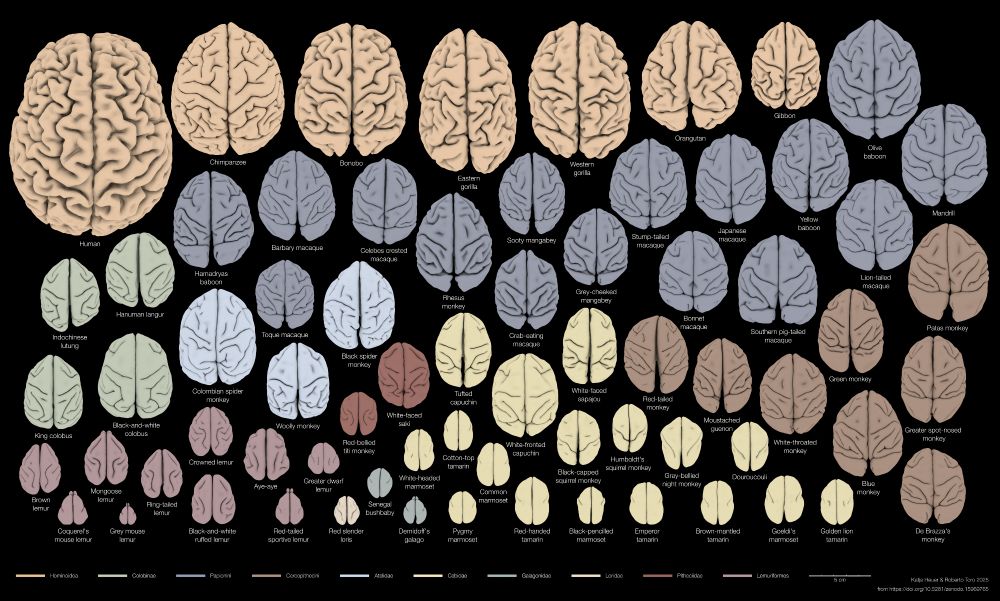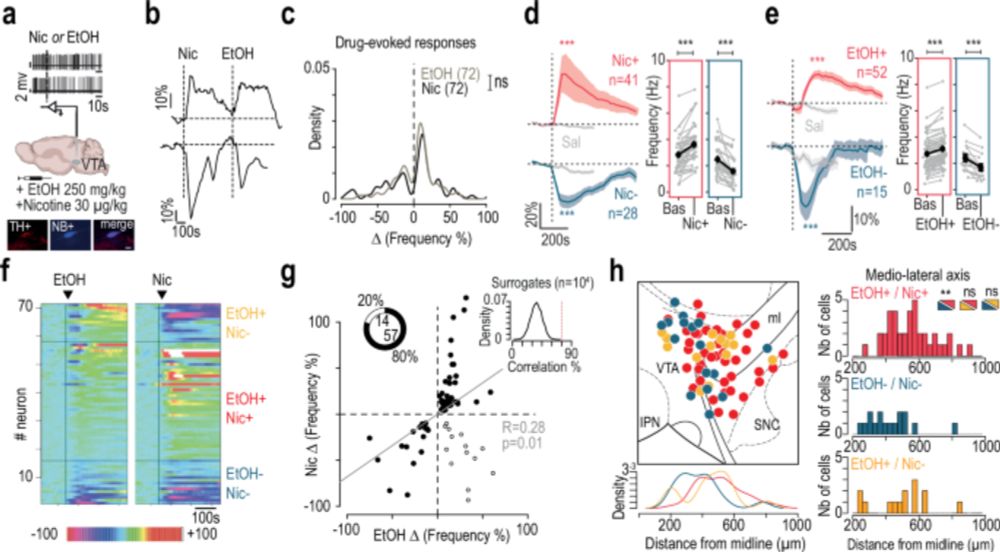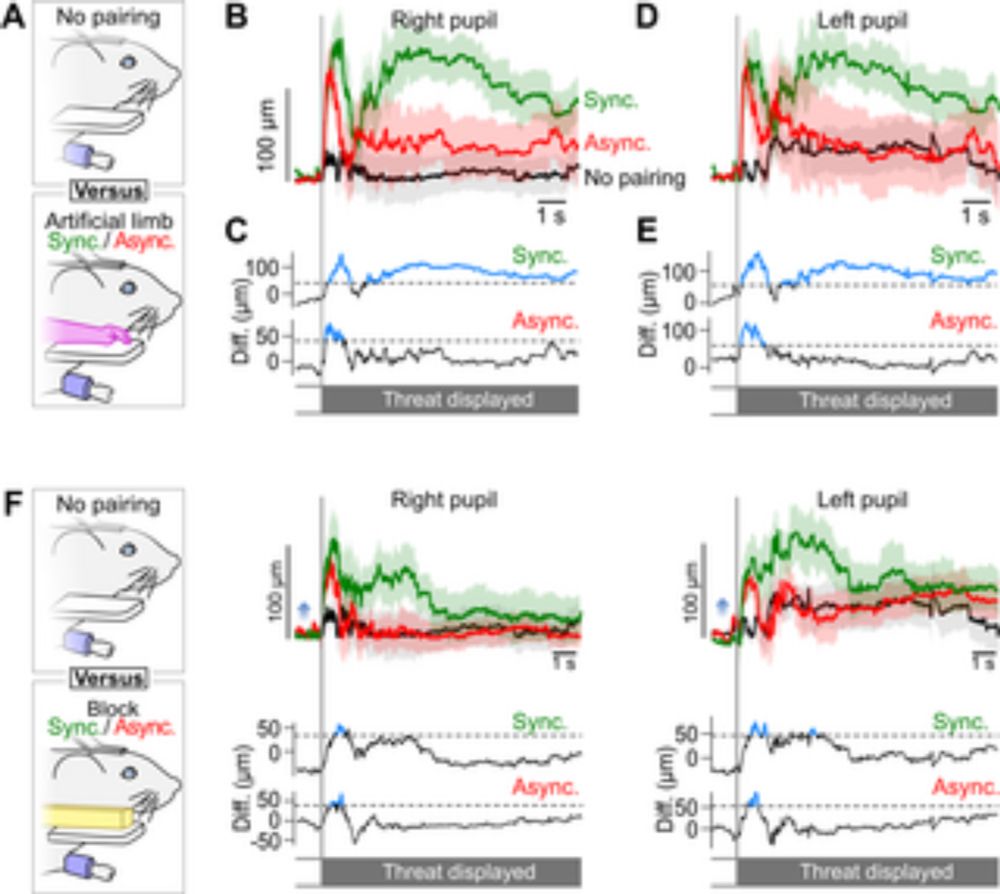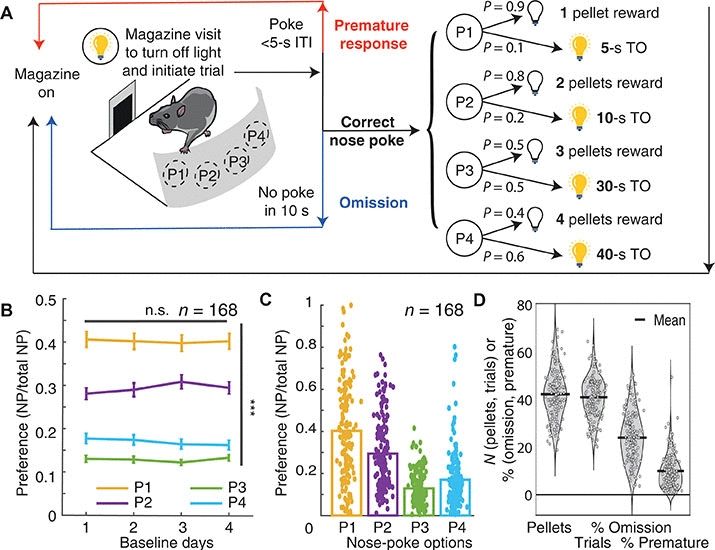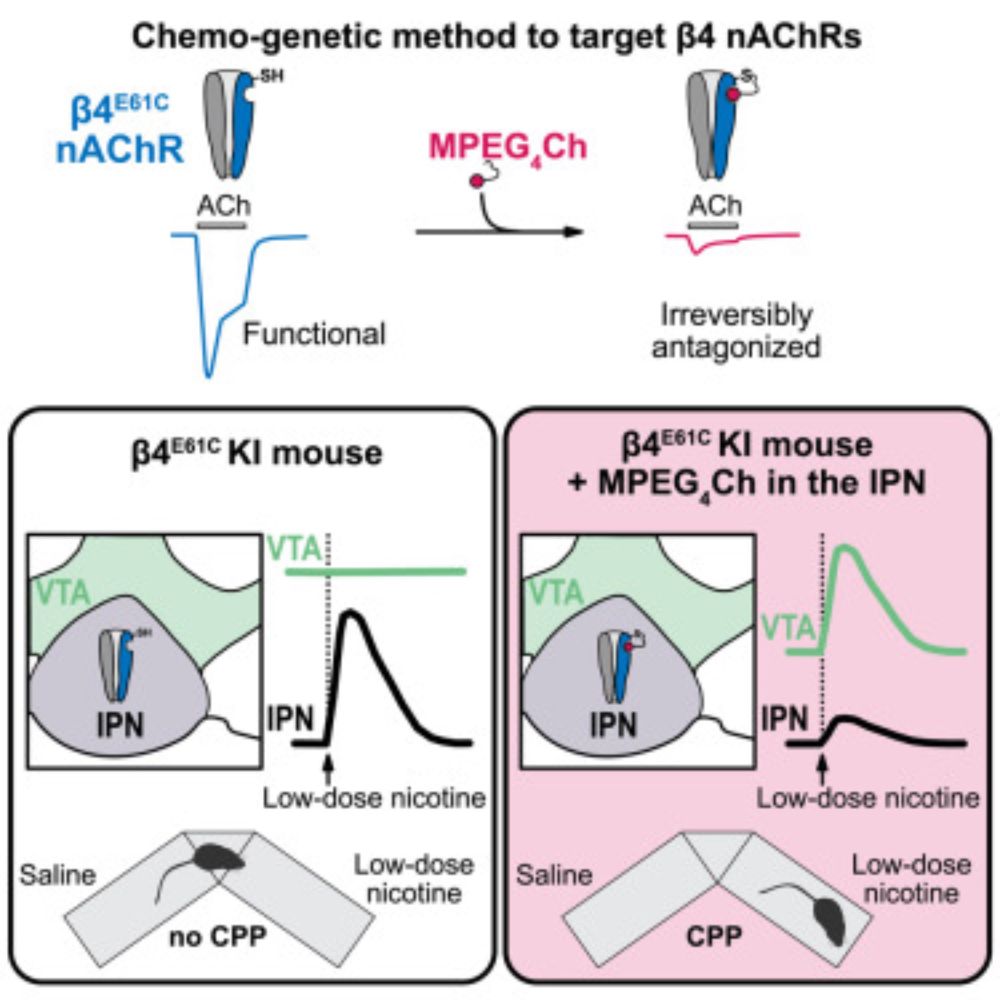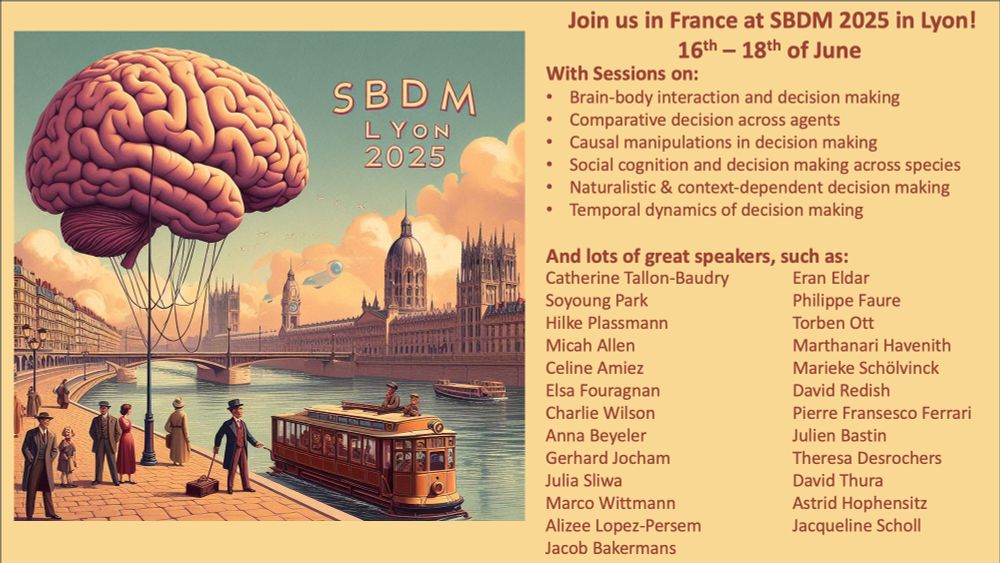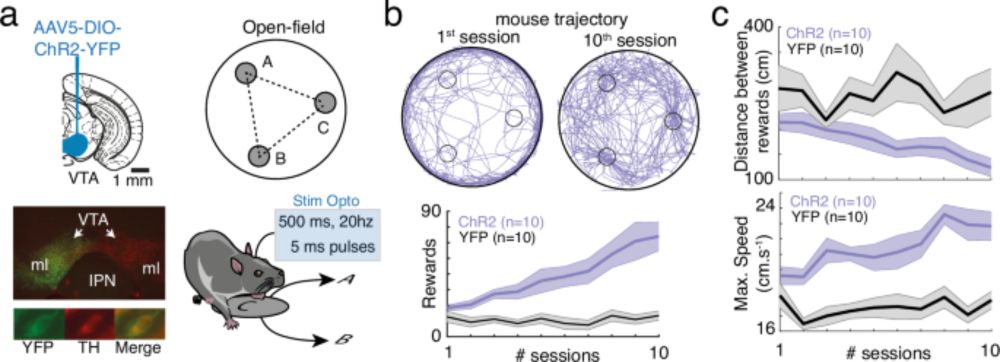@faurelab.bsky.social
640 followers
180 following
29 posts
Neuroscience lab. We study decision making, exploration and addiction. We are interested in inter-individual variability.
Posts
Media
Videos
Starter Packs
Reposted
Reposted
CNRS Biologie
@cnrsbiologie.bsky.social
· Jul 10
Reposted
Reposted
Bassem Hassan
@bassemh.bsky.social
· May 7
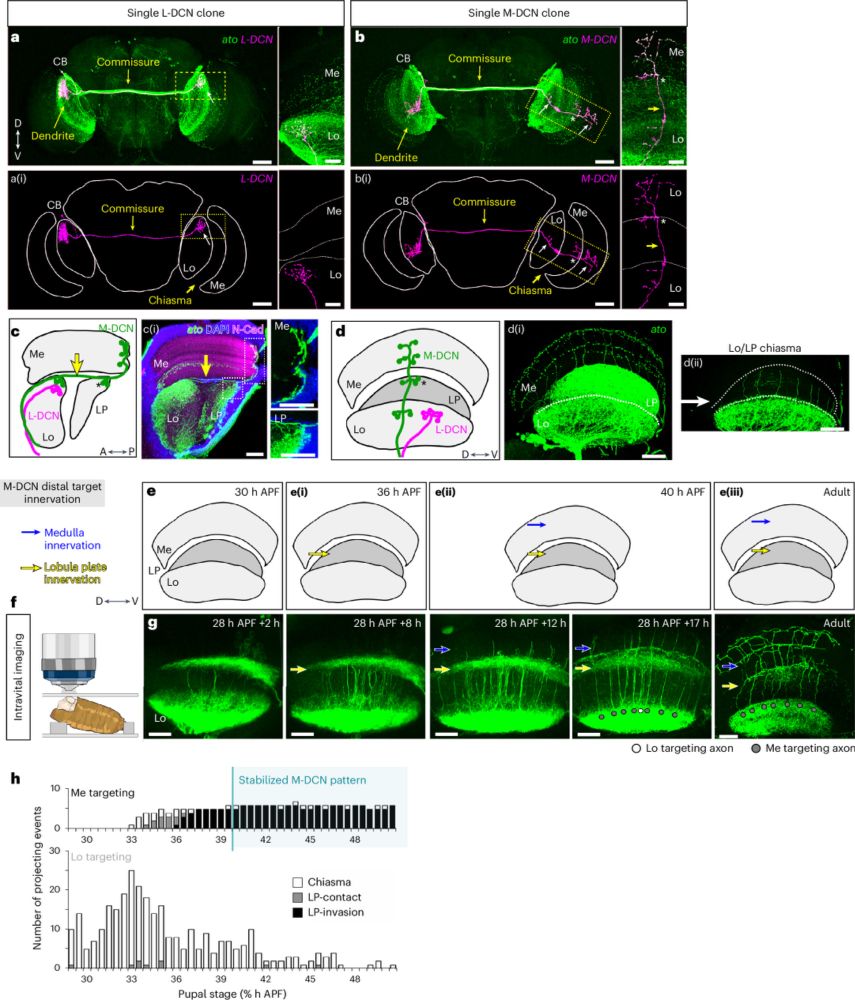
Sequential and independent probabilistic events regulate differential axon targeting during development in Drosophila melanogaster
Nature Neuroscience - The developmental origin of behavioral individuality is unclear. The authors show that a temporal sequence of genetically encoded stochastic mechanisms explains variation in...
rdcu.be
Reposted
Reposted

